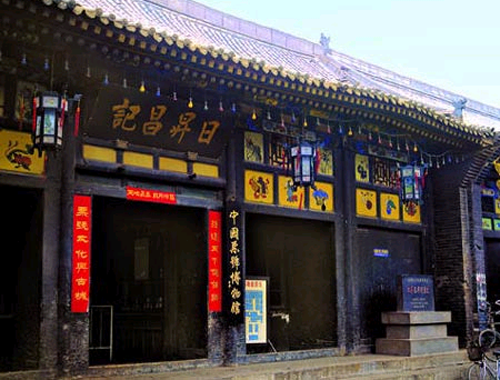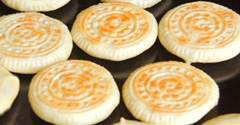About
A Brief History of Shanxi Merchants
( chinadaily.com.cn)Shanxi Draft Bank

Rishengchang Draft Bank/ China Draft Bank Museum
The first draft bank in Chinese history was the "Rishengchang Draft Bank" established by Li's in Pingyao, which has now become the China Draft Bank Museum. Later, other draft banks arose in Pingyao, Qixian, and Taigu. They all were regarded as the leaders of the nation's financial industry at that time.
Among all the 51 banks nationwide, Shanxi merchants established 43. "Heshengyuan," the first draft bank in Qixian, initiated China's international financial institute. It established franchised banks in Tokyo, Osaka, Yokohama, Kobe in Japan, and also in Korea.
Shanxi Merchants in Beijing
By the Ming Dynasty, Shanxi merchants were already very active in Beijing's business sector. In the Qing Dynasty, Shanxi merchants took the most important position. They excelled in selling crops, seasoning, paper, fabric, pigment, fruits, and so on. Some of the trademarks have been passed down even to today, such as "Du Yi Chu," "Liu Bi Ju," and "Le Ren Tang." Shanxi merchants also congregated in certain parts of Beijing, such as Caochang Hutong and Da Zha Lan.
Shanxi Merchants in South China
Shanxi merchants purchased several tea mountains and ran teahouses in the tea production areas of Hubei, Hunan, Jianxi, and Anhui provinces. Once there were more than 100 teahouses.
Shanxi merchants also took up a street named "Haopan Street" in Guangzhou for their banks, groceries, and medicines. As well, the merchants established some of the enterprises in Guangzhou, such as "Guang Sheng Yuan," "Guang Mao Xing," and so on. Shanxi merchants were also very active in the Yangtze Delta area.
Exploitation of International Market
Another symbol for the development of Shanxi merchants was the exploitation of the international market. In the Ming Dynasty, there was tight restriction on international trade; only people from the southeast could travel abroad for trade. Therefore Shanxi merchants traveled to the north to trade with Russians.
Starting from 1689, people from China and Russia were allowed to trade with each other. In 1727, Kiakhta became a trade center for Russia and China. The trade here remained tax-free until 1851. Shanxi merchants generated huge benefits from the Kiakhta trade.



